Deindustrialization and Global Economic Shifts in Manufacturing
1/40
There's no tags or description
Looks like no tags are added yet.
Name | Mastery | Learn | Test | Matching | Spaced |
|---|
No study sessions yet.
41 Terms
Deindustrialization
Process by which manufacturing & related industries move out of a region.
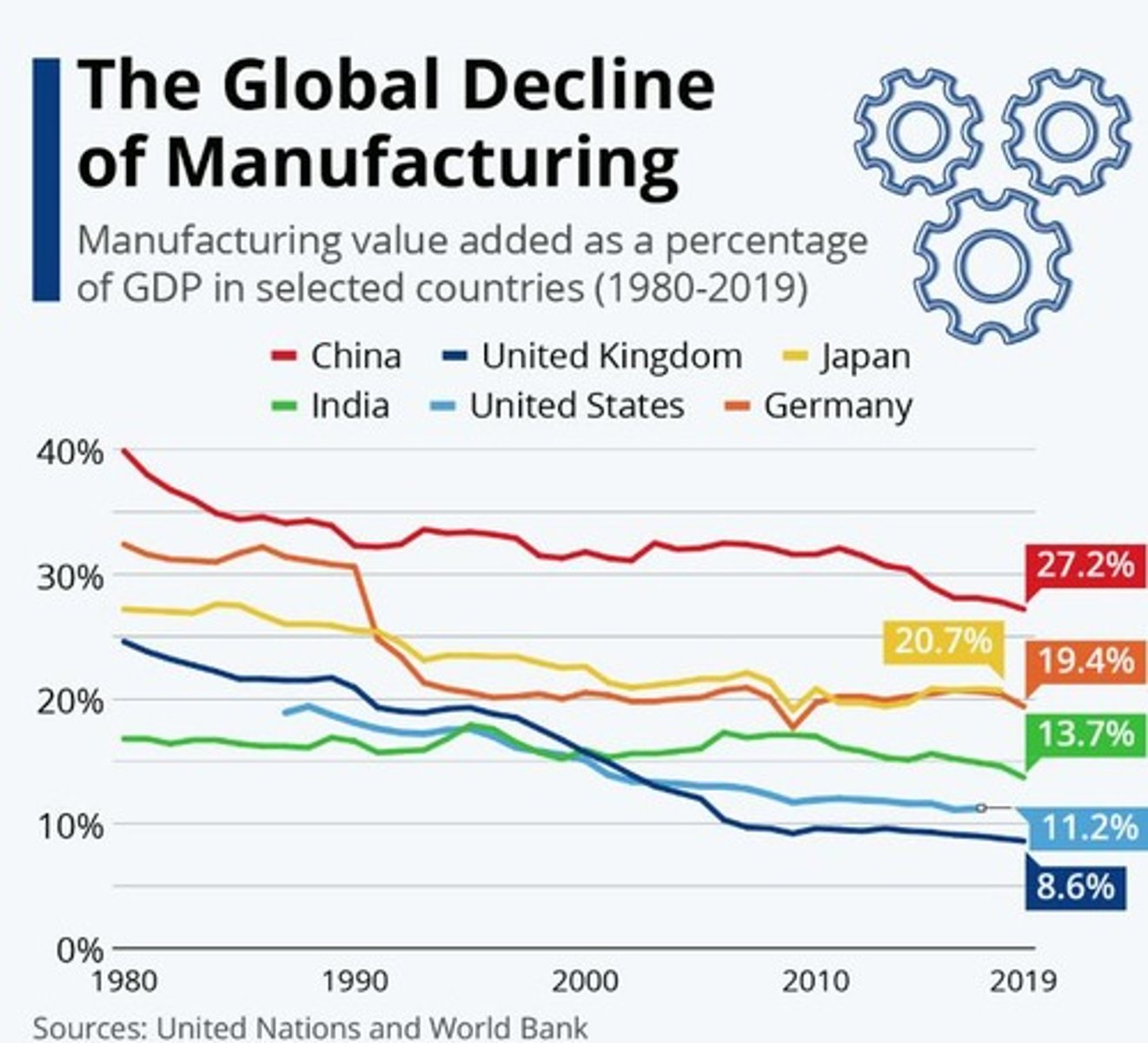
Outsourcing
Delegating functions or tasks to a third-party vendor.
Offshoring
Outsourcing abroad.
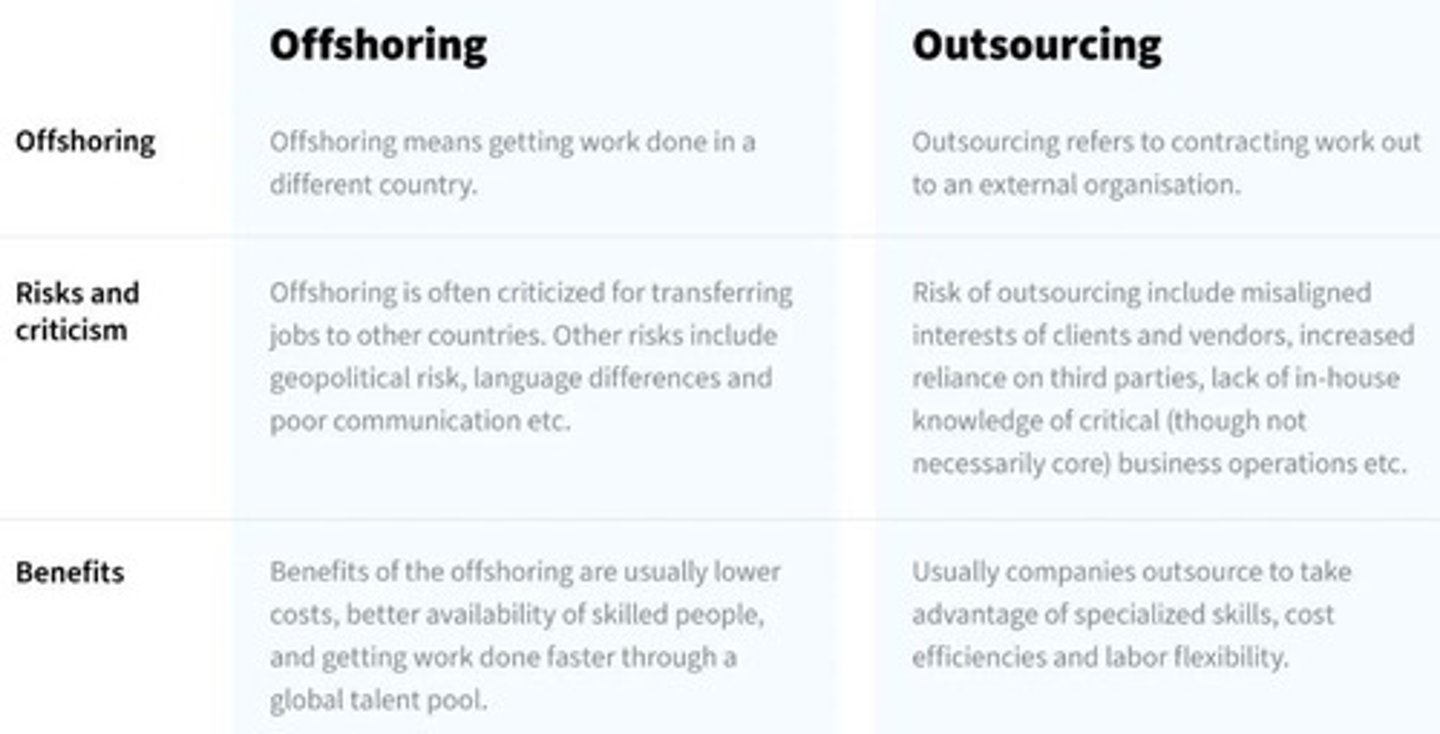
New International Division of Labor
Allocation of various parts of the production process to different places in the world.
Core Countries
Countries that exploit peripheral countries for their natural resources and cheap labor.
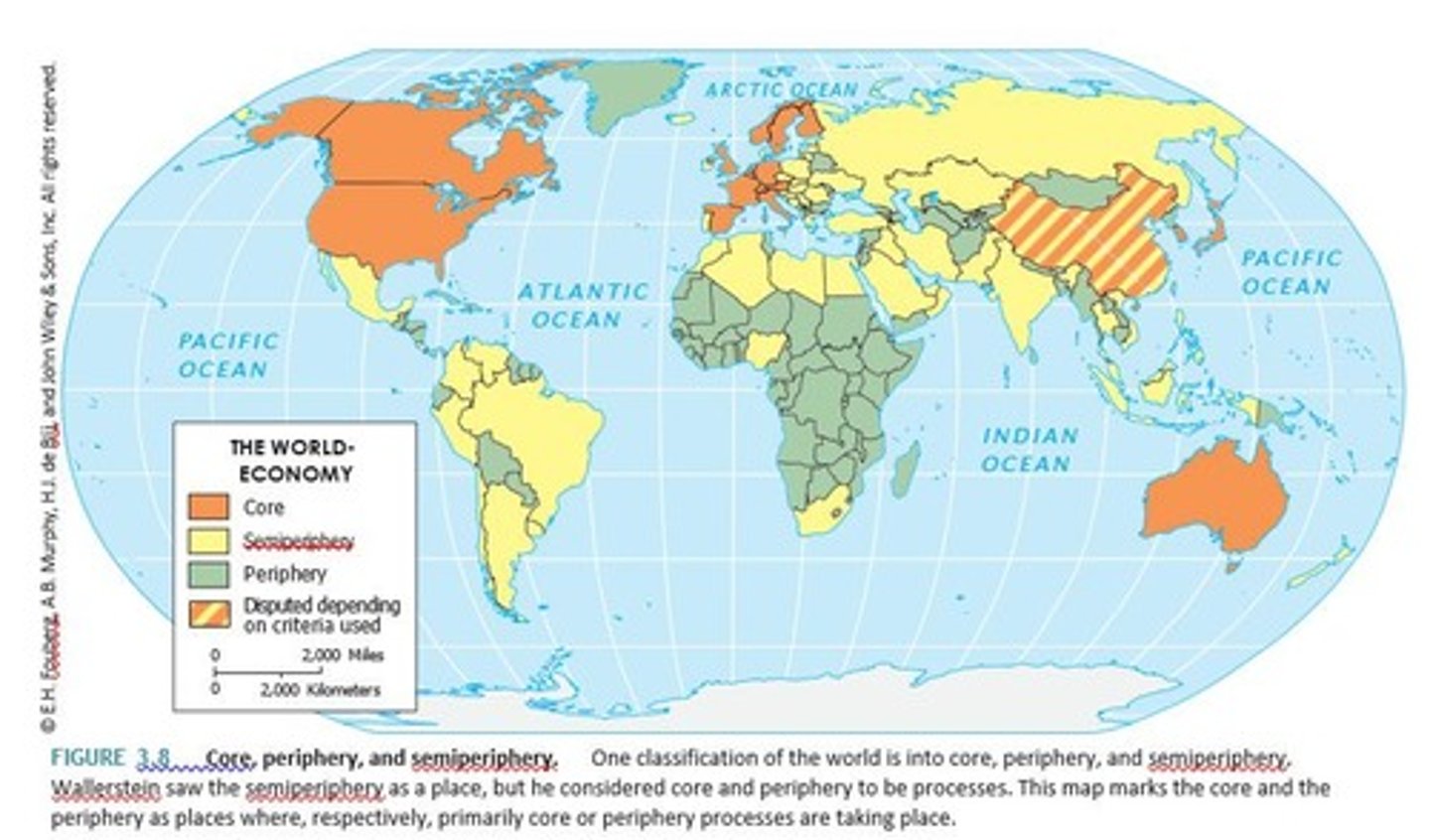
Peripheral Countries
Countries that are exploited by core countries for their natural resources and cheap labor.
Comparative Advantage
Country: make what it is best at & import what is not efficient to produce.
Special Economic Zones (SEZs)
Area in a country that is designed to generate positive economic growth.
Maquiladoras
Export Processing Zone: industrial estates that are fenced in for producing manufactured goods for export.
Emerging Industrial Regions
Regions that have seen significant growth in industrial output, shifting from traditional centers.
Foxconn
Largest electronics contractor supplying chips & other electronic components to major companies.
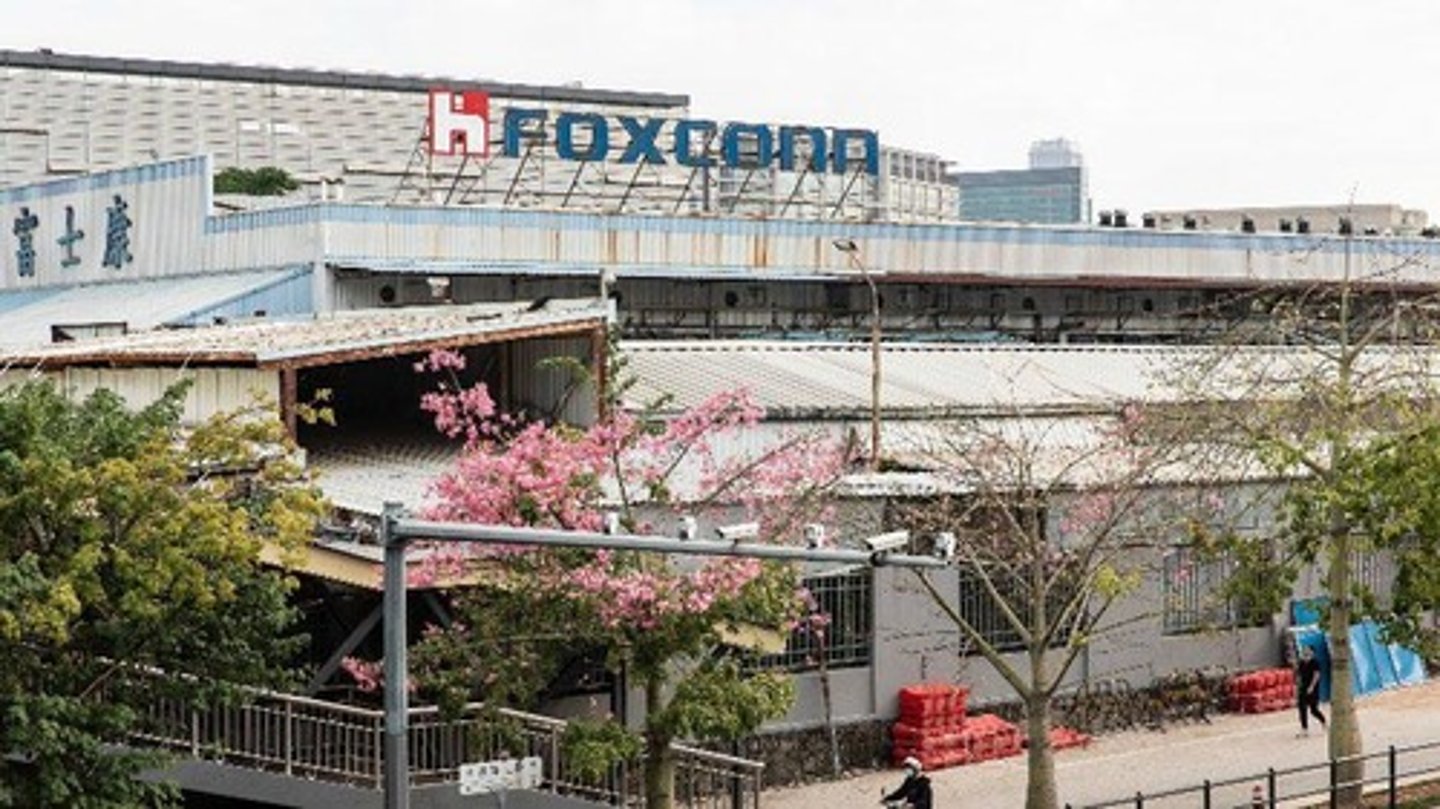
Port of Savannah
Fastest growing port in Southeastern US (2025).
Global Export Value Trends
Trends in global export value of trade in goods from 1950 to 2022 (in billion U.S. dollars).
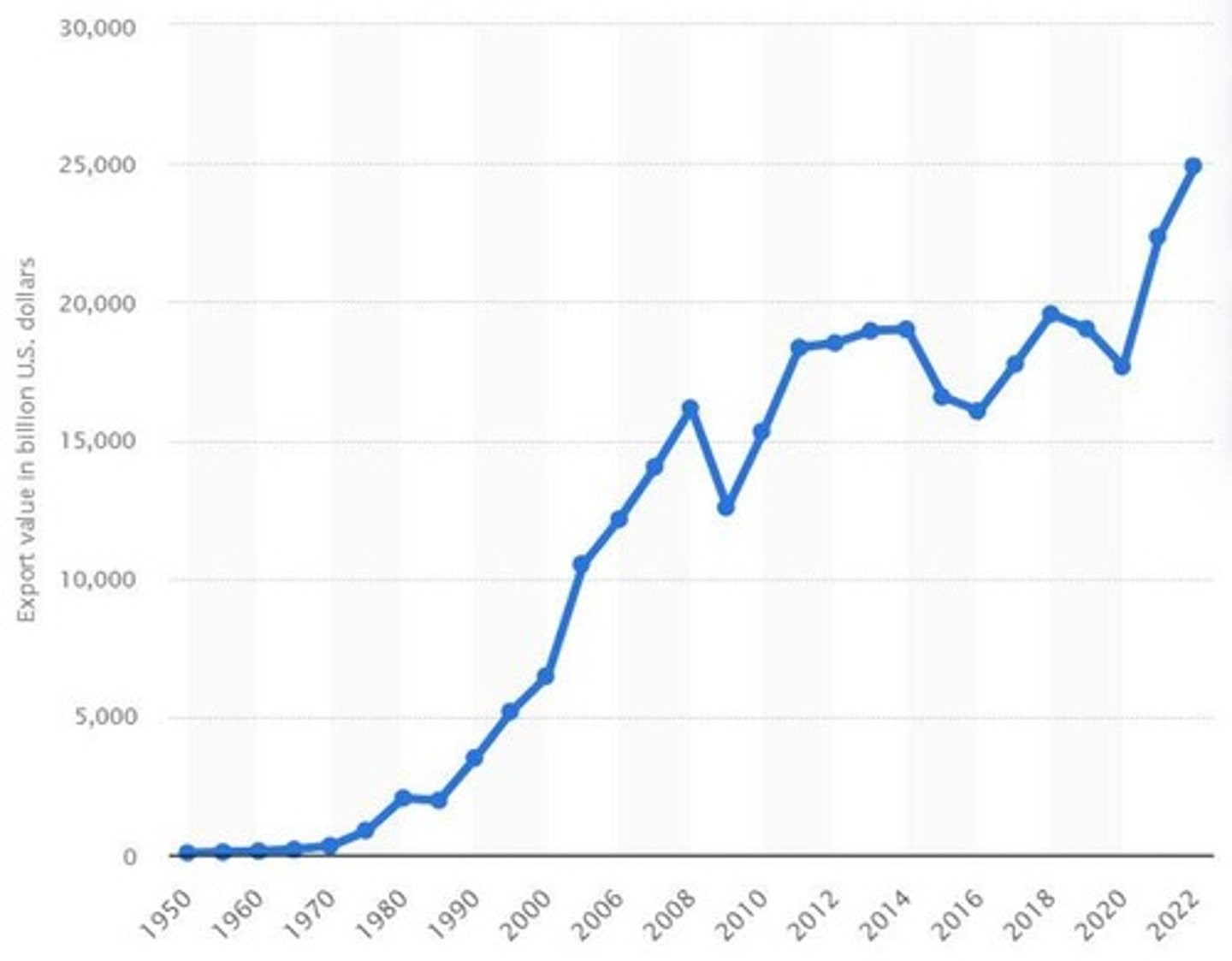
Working Conditions at Foxconn
Conditions that have been scrutinized due to the large employment and production scale.
International Trade
Essential for countries as no country can produce everything it needs at reasonable prices within its borders.
Multinational Corporations
Companies that operate in multiple countries, often involved in outsourcing.
Industrialization of Developing World
The process by which parts of the developing world have begun to industrialize.
Spatial Divisions of Labor
The distribution of different tasks in the production process across various locations.
Lower Wages in SEZs
One of the reasons for the establishment of Special Economic Zones.
Lower Taxes in SEZs
Another incentive for the establishment of Special Economic Zones.
Weaker Safety & Environmental Regulations in SEZs
A characteristic of Special Economic Zones that attracts businesses.
Repress Unions in SEZs
A practice in Special Economic Zones to maintain lower operational costs.
Benefits of Maquiladoras
Cost savings, a skilled workforce, and proximity to the U.S. market.
Challenges of Maquiladoras
Legal complexities, supply chain risks, labor union issues, environmental concerns, and currency exchange risks.
Free Trade
An ideal situation where individuals and companies in different countries can buy and sell goods to and from each other without any interference from governments.
Goals of Free Trade
Increase variety and reduce cost of goods, generate job growth (long term goal), and improve relations between countries.
Immediate Goals of Free Trade
Protecting struggling domestic industries by putting up trade barriers.
Free Trade Agreements
An agreement between two or more countries to reduce trade barriers, allowing for easier buying and selling of goods and services across borders.
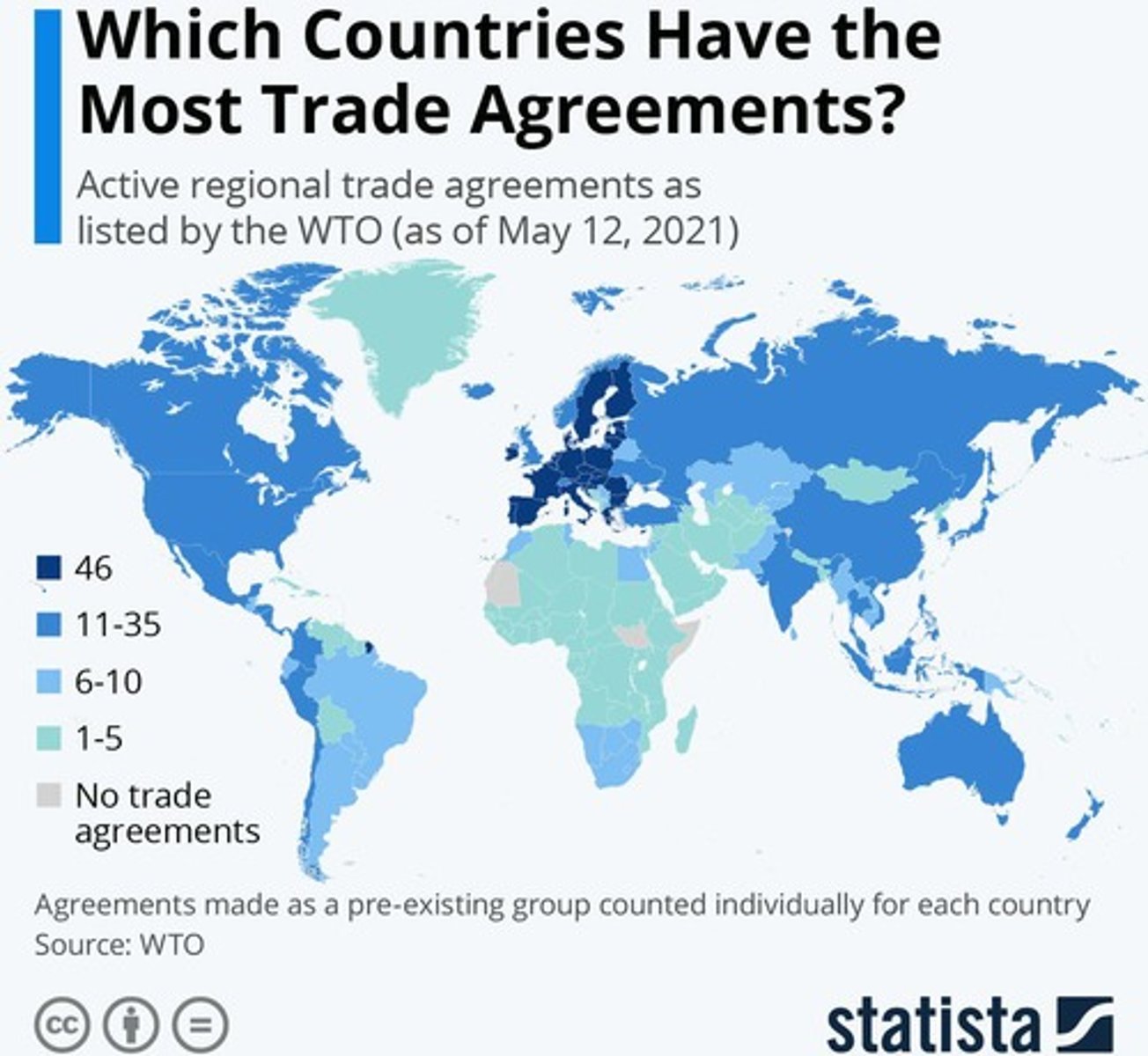
NAFTA
North American Free Trade Agreement, now replaced by USMCA, with not much change.
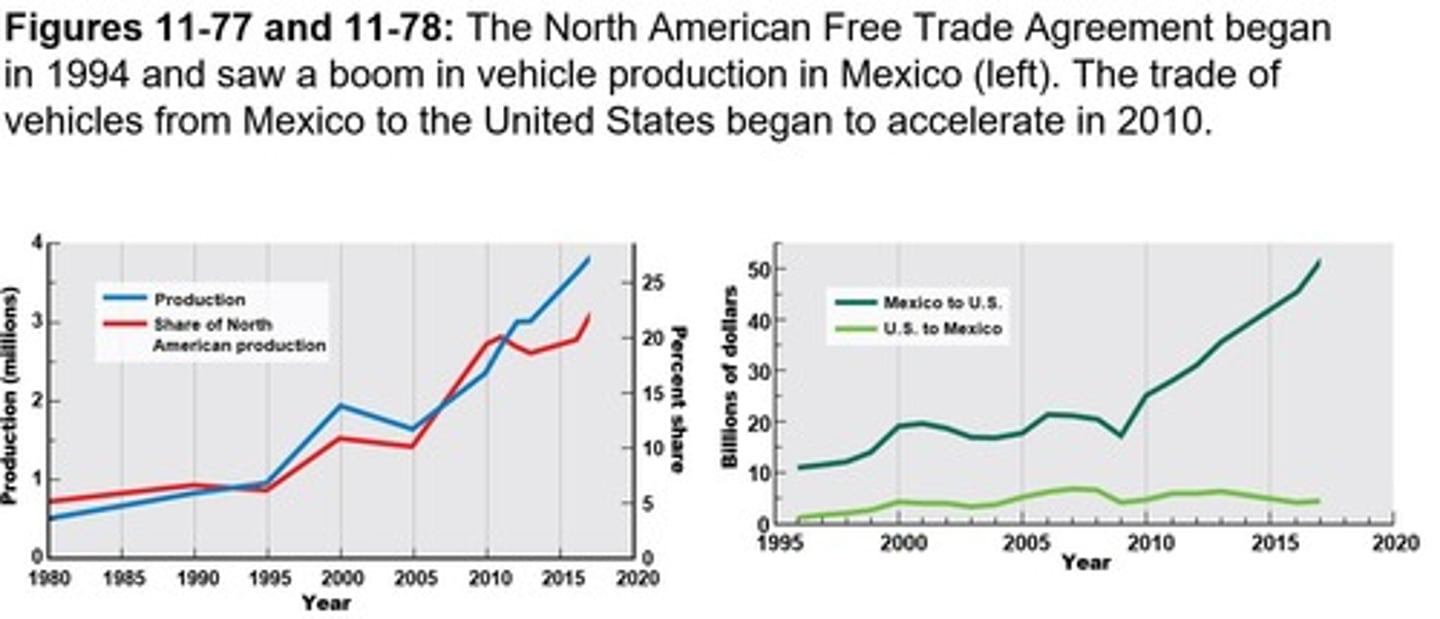
Factors Underlying Decline of Manufacturing
Higher costs of wages in developed countries compared to developing countries.
Investment in Education and Skills
Many developing countries have made investments in education, now rivaling Europe, North America, and Japan in skills and productivity.
Technological Changes in Manufacturing
Reduces the number of workers needed for output.
US Manufacturing Jobs
The US loses manufacturing jobs, but output has stayed constant and has now increased.
Inadequate Public Investment
Lack of public investment in education and infrastructure leading to shortages of human capital and high transportation costs.
Deindustrialization of Liverpool
By the 1970s, Liverpool's days as the largest port in the UK were numbered, with 200,000 jobs disappearing as it deindustrialized.
Deindustrialization of Manchester
Manufacturing employed over half of the Greater Manchester workforce in 1959; today it accounts for fewer than one-in-five jobs.
Deindustrialization of Cardiff
Once the world's second-biggest coal-exporting port, Cardiff suffered from the decline of the Welsh coal and steel industries in the 1950s.
Impact of Deindustrialization
Between 1974 and 2005, advanced industrial countries lost 35 million jobs, while newly industrializing countries gained 29 million.
Newly Industrialized Countries (NICs)
Countries that first engage in unskilled, light manufacturing, then move to skilled, higher-value-added manufacturing.
Uneven Development
The continuing process of deindustrialization in the West corresponding with industrialization in developing countries.
Global Trade Changes
Massive changes in global trade that reshape the lives of hundreds of millions of people.